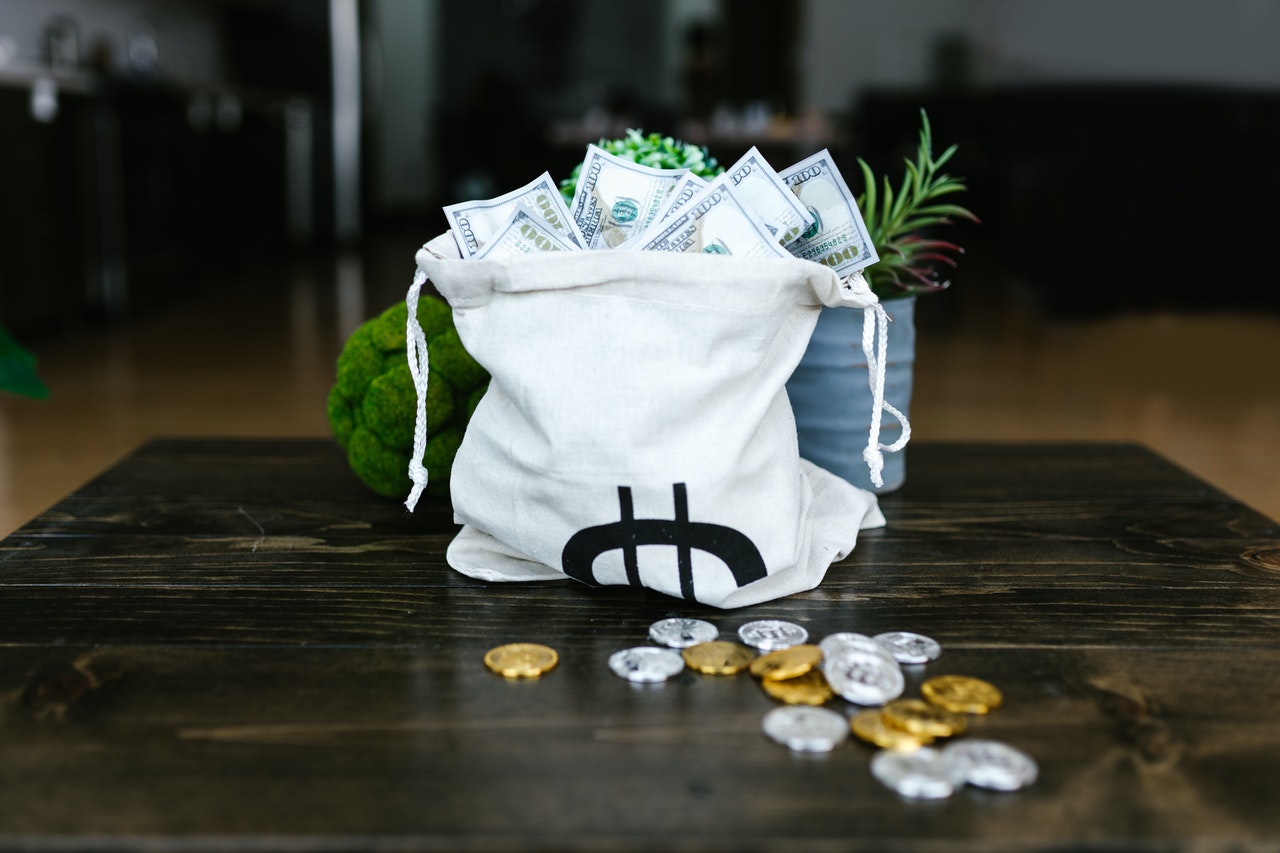
Forex Trading-Who does it and why?
-
by admin
Foreign exchange, more commonly known as Forex, is a financial market that involves selling a currency for another. This kind of exchange is what drives the forex market. The world currently has 180 currencies. Even so, many forex payments and trades are made using four currencies. They are Euro, Japanese yen, British pound, and US dollar. Other popular currencies include the New Zealand dollar, Canadian dollar, Swiss franc, and Australian dollar.
Currencies can also be traded via option, swaps, forwards and spot transactions contracts having a currency as the underlying instrument. Currency trading also currently occurs round-the-clock, five days a week globally. This means that trading doesn’t happen over the weekends.
The major forex players
The forex market has many traders. Some of the major types of traders and institutions include:
Investment and commercial banks
There’s an interbank market that has the greatest currency volume trade. In this interbank market, banks of varying sizes trade their currencies with other banks via electronic networks. Banks help to facilitate their client’s forex transactions. They also conduct speculative trades using their trading desks.
When a bank plays the role of dealer for their client, their profit is represented by the bid-ask spread. As such, banks profit when there are currency fluctuations. Currencies also help portfolio mixes with diversification.
Central banks
Central banks represent a country’s government and are very important forex market players. To a large extent, currency rates are influenced by the interest rate policies and open market operations central banks make.
Central banks can fix their native currency prices on Forex. This means the price set is the exchange-rate regime that a country will trade on in an open market. An exchange rate regime can be divided into pegged, fixed, and floating types.
When a central bank takes action in a forex market, it increases or stabilizes that country’s economic competitiveness. Speculators and central banks can be involved in currency interventions, thereby making their currencies depreciate or appreciate. For example, the creation of additional supply by a central bank during long deflationary trend periods. This could weaken that nation’s currency. This is then used to buy foreign currency. As a result, the domestic currency is weakened, making exports in the global market highly competitive.
These are some of the strategies used by central banks to calm a currency’s inflation. This strategy also acts as an indicator (long-term) for foreign exchange traders.
Hedge funds and investment managers
Hedge funds, pooled funds, and portfolio managers are the second largest forex market players. Investment managers are tasked with the responsibility of trading currencies for foundations, endowments, and pension funds.
If an investment manager has a global portfolio, they’ll have to sell and buy currencies to trade foreign securities. These managers are also involved in speculative trades. Some hedge funds implement speculative trading in their investment stratagems.
Multinational corporations
Corporations that engage in exports and imports also conduct forex transactions to pay for services and goods. For example, a German producer imports components from China and sell the finished product to America. The producer must exchange his Euros for yuan to buy his components.
Companies hedge risks linked to foreign currency transactions by trading Forex. The German producer can buy RMB in currency swap or the spot market before buying components from China, thus reducing exposure risk. Moreover, you can add safety to your offshore investments when you hedge against currency risk.
Individual investors
Retail investors’ forex trading is rapidly growing. Retail investors combine technical and fundamental indicators to trade.
How business is shaped by forex trading
When different traders collaborate, the result is a liquid, international market that impacts business worldwide. Movements of exchange rates depend on the balance of payments, worldwide corporate earnings, and inflation account for every country.
For example, the carry trade approach shows how market participants influence exchange rates. This, in turn, has an overflowing effect on the worldwide economy.
Conclusion
Forex is the largest market globally because it empowers its players to see profits from fluctuations of currencies. There are also many different strategies traders can use to hedge and trade currencies like the carry trade. The secret is to know how to use the strategies best to benefit you.
Foreign exchange, more commonly known as Forex, is a financial market that involves selling a currency for another. This kind of exchange is what drives the forex market. The world currently has 180 currencies. Even so, many forex payments and trades are made using four currencies. They are Euro, Japanese yen, British pound, and US…
Foreign exchange, more commonly known as Forex, is a financial market that involves selling a currency for another. This kind of exchange is what drives the forex market. The world currently has 180 currencies. Even so, many forex payments and trades are made using four currencies. They are Euro, Japanese yen, British pound, and US…
